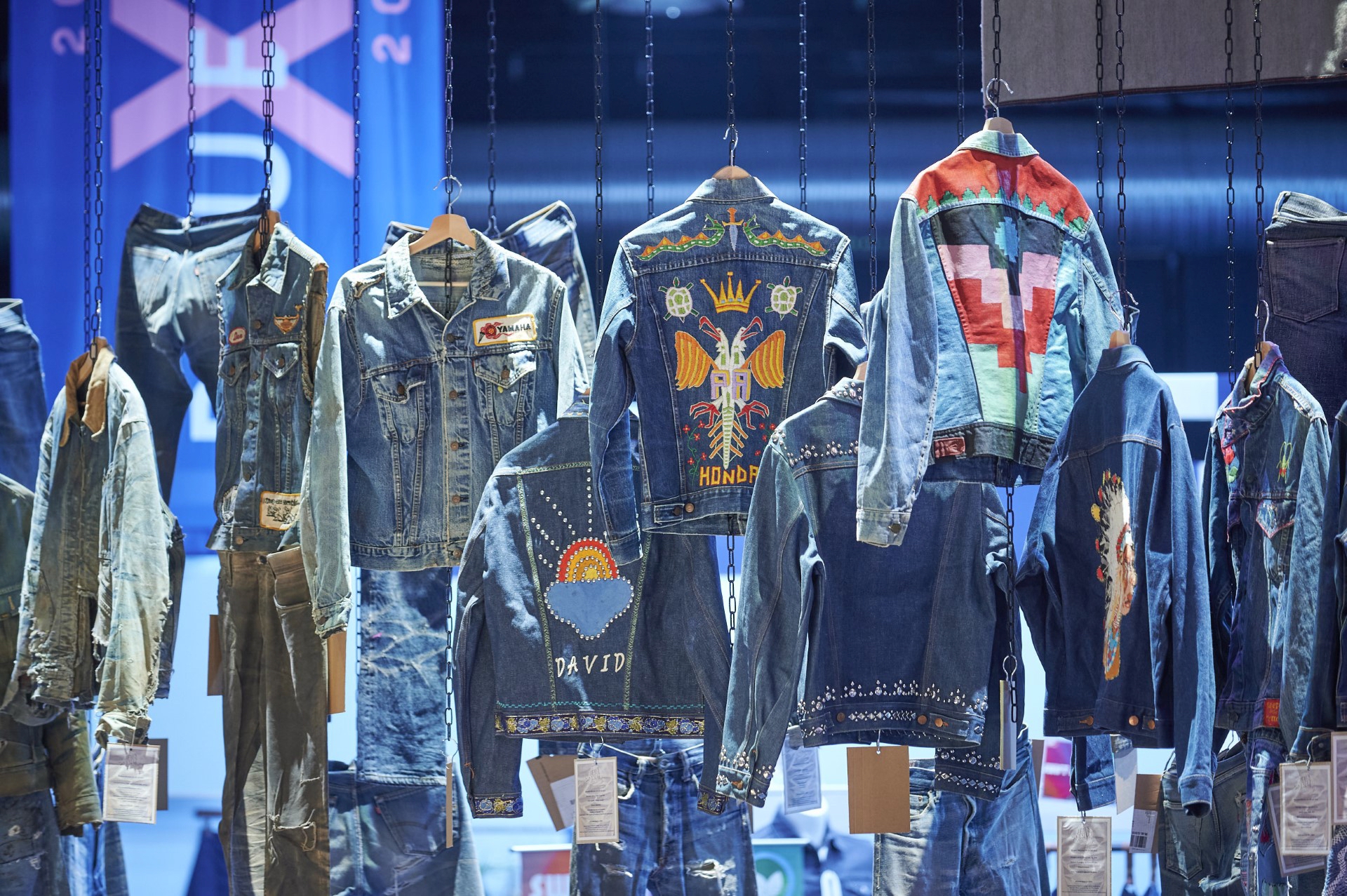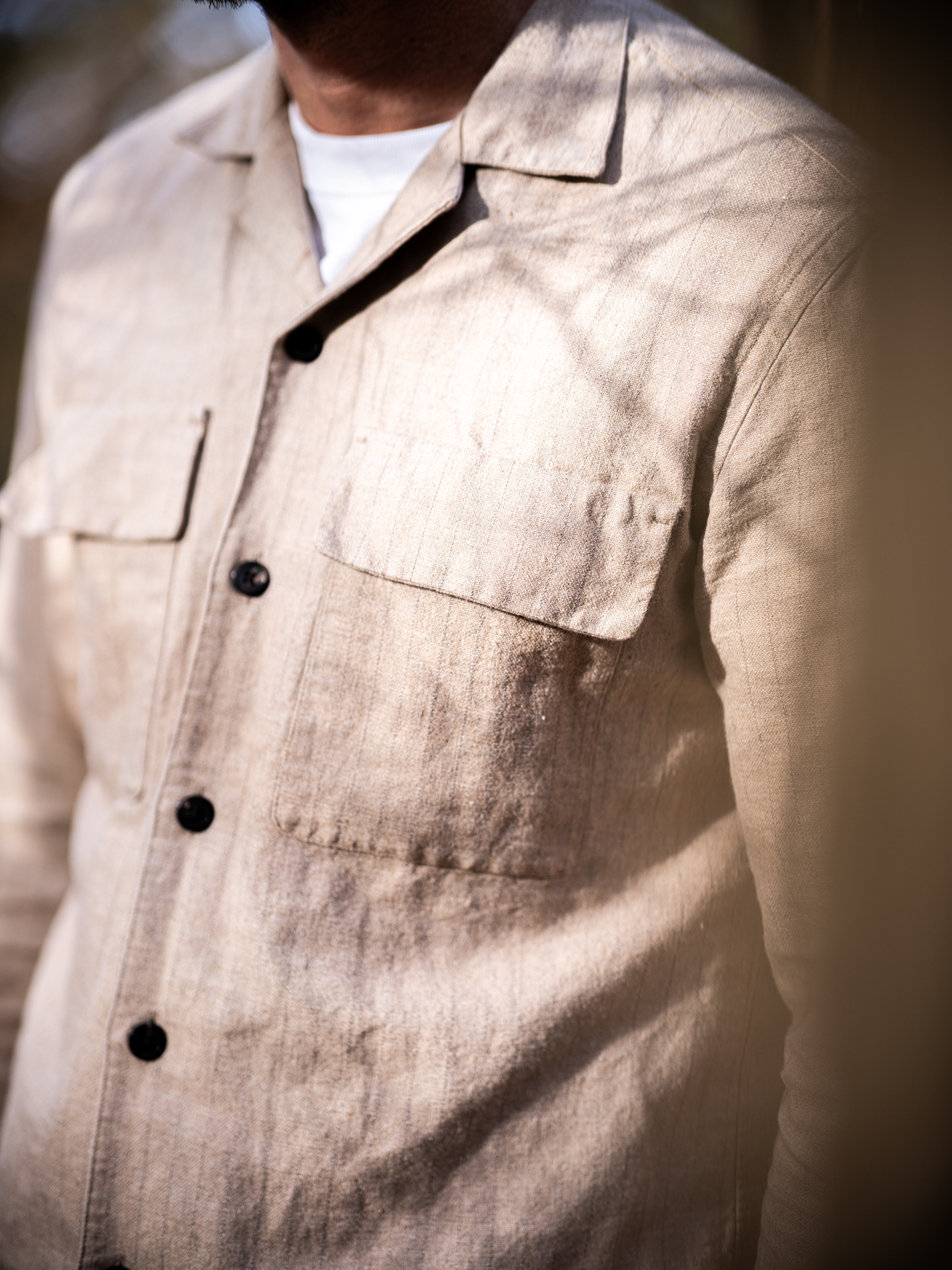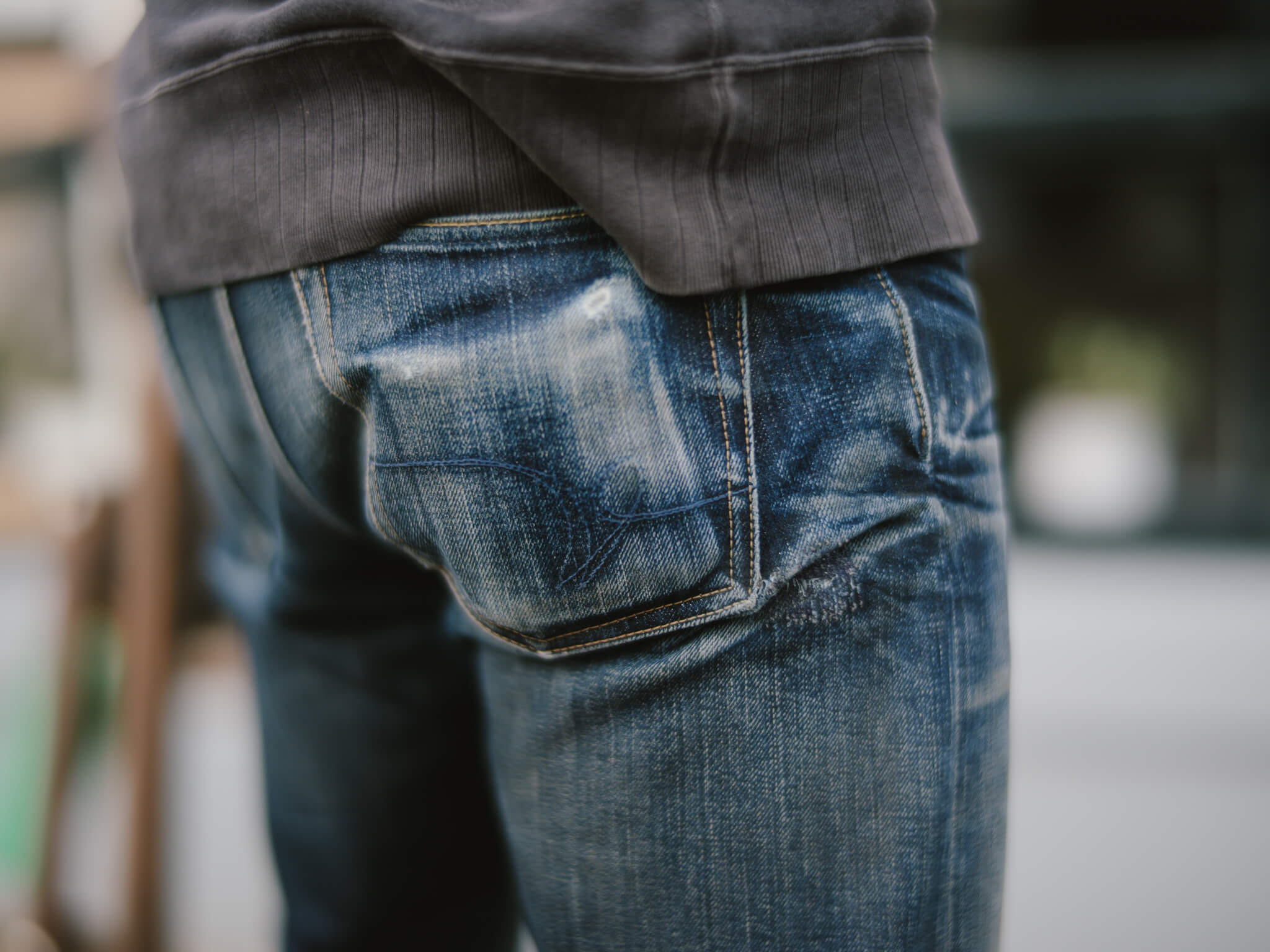Interview – Sander van de Vecht, Founder Denim.lab
Denim.lab is a quality inspired Dutch denim brand for both men and kids, and was established two years ago by Sander van de Vecht. Denim.lab is sourcing driven, which means: ‘The fabric comes first’ and in other words: ‘The fabric chooses the garment’. For the dry collections, Denim.lab does not follow seasons, every now and then they add some new (limited edition) dry’s to the collection. In the past two years, Denim.lab grew organically from just a few dry’s and kids’ jeans, to a full-range collection of denims, shirts, jackets and accessories.
All the denim fabrics used by Denim.lab are selvedge, and made on old traditional shuttle looms. Sander is very passionate about Selvedge denim and is travelling around the world to source the best and most unique fabrics available. For some projects, Denim.lab buys deadstock selvedge denim for limited editions, to keep the collection fresh and desirable. For the SS17 Denim.lab added some beautiful deadstock Japanese shirts, sourced from Kobe-Japan, to the collection.
Selecting a great fabric is just the first step, that needs to be followed by sourcing and developing the best trims for each garment. The chambray fabric on the inside of the yoke, the matt black metal hardware and the Italian leather patches are just a few Denim.lab signatures. Most of the dry’s in the current collection are stitched with indigo dyed thread, so the thread will fade alongside the jeans.
Recently, we spoke with Sander van de Vecht about Denim.lab and his vision on denim. Below, Sander explains why he uses Japanese as well as Thai selvedge denim for his jeans and he highlights his brand new Japanese shirt collection. After reading this interview, make sure to check it in their webstore.
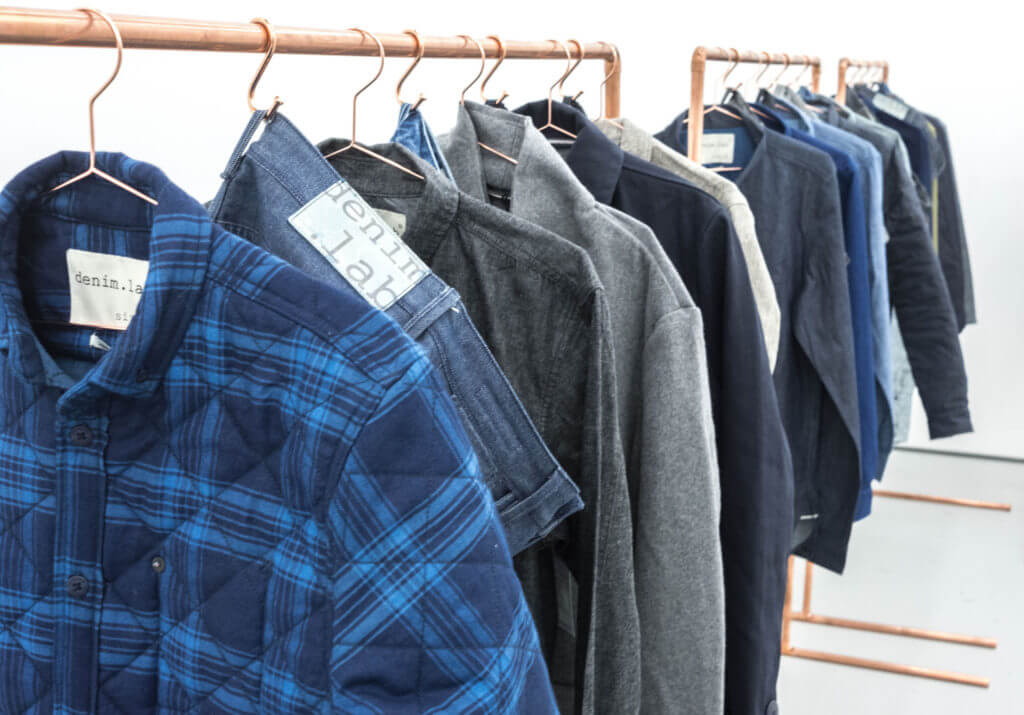
Robin Denim: Where did the initial inspiration for your collection come from?
Sander: From my sourcing trips, you cannot design jeans from behind a computer. I prefer a warehouse full of dust covered rolls of denim.
Robin Denim: What does a normal workday look like?
Sander: Since I work a lot with Asian countries, my day starts very early to catch up with the suppliers and go through running productions, as my company not only produces the Denim.lab brand but we also produce jeans for other customers in Europe. Every few weeks I will be out of the country to travel for sourcing and or production and also I visit our agents in London & Germany frequently, plus all the trade shows. As we speak, I am replying to this interview from Bangkok.
Robin Denim: You work with Japanese as well as Thai fabric for your jeans, could you please tell us some differences between those fabrics?
Sander: You can best compare it with the differences in culture, the Japanese are very tradition oriented and Zen in all things they produce: craftsmanship and patience are key. Most of the fabrics will be like that, highest available ingredients and mostly traditional slow made fabrics made the best way they can do it, not cutting corners.
The Thai people are bit more outspoken and creative which reflects that in their product, many innovations on colors, finishes, stretch yarns etc. Quality-wise, I guess every self-respecting selvage mill uses the best cotton blends and indigo for their product, so that will not be a big difference.
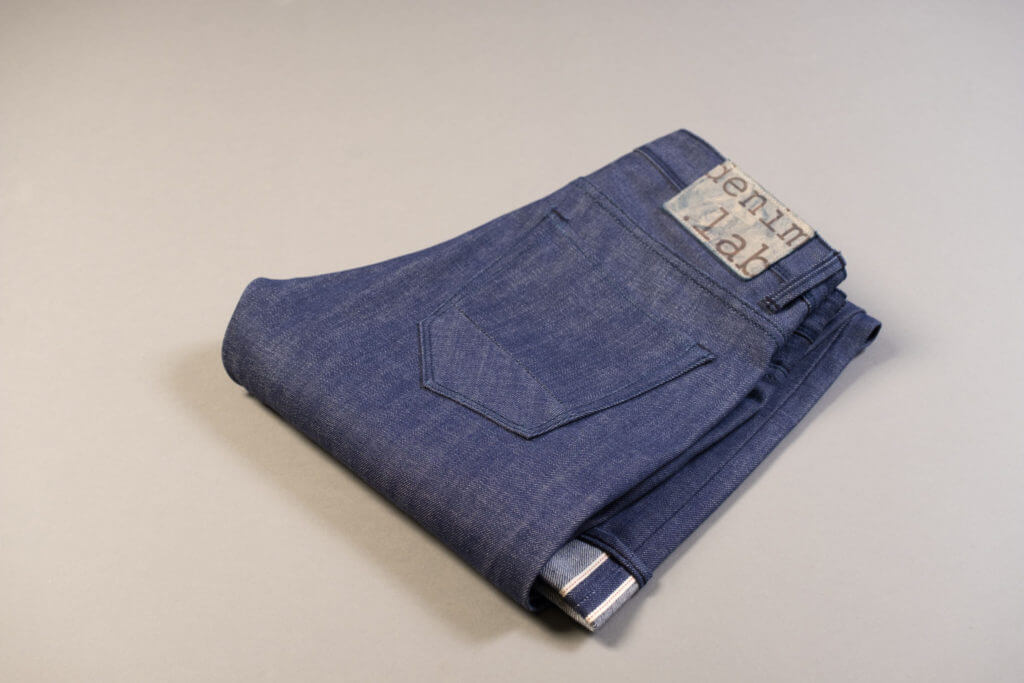
Robin Denim: For your shirts, you only work with Japanese denim, can you explain why you use Japanese fabric instead of denim from other countries?
Sander: Yeah, this year I have a sourcing crush on the Japanese shirting mills. The options are endless, you cannot even dream of the variations there have, chambray, oxfords, 2/1, 3/1, (camo!) jacquards, but also yarn dyed indigo wool checks. The main reason is that there are quite a lot specialized shirting mills still operating in Japan, and many still have the special selvage shirt-weight looms running; These are not made by the usual suspects that make the jeans fabrics..
Robin Denim: About choosing the fabric for your different garments, how / where do you source it?
Sander: For me it is 180 degrees the other way around; the fabric chooses the garment. As said, we create sourcing drive collections. Finding those shirt fabrics was obvious, it was time to go and make my favorite men’s shirt. But in another case I found this 14 oz. indigo fabric with black weft, which I decided would be a perfect P-coat fabric since it was not so obviously ‘denim’, so I made it.
I think that is the main reason I like doing the brand as I am doing it so far. I do not start on seasonal planning with a style board needing to fill 30 drawings with fabrics. If I find cool stuff and believe in it, I produce it immediately, there is in general no pre-ordering, what you see is on stock or will be very soon. Of course there is the NOS jeans program that needs continues reordering as my customers rely on that.
Robin Denim: What do you think is the most important part of making a quality pair of raw selvedge jeans?
Sander: Every aspect is super important. skip one and fail the rest. Technically, know your patterns and grading features & tricks, how some fabrics react differently than others and be not afraid to step away from traditions in selvage denim pattern cutting (like straight cut waistbands). I experimented a lot over the years with fits. But also, finding your DNA in the details, choose the best (coats dual duty) sewing thread – thread thickness – the SPI. And, buy your leather patch at one of the Italian suppliers, they are truly the best in the world in quality and finishes.
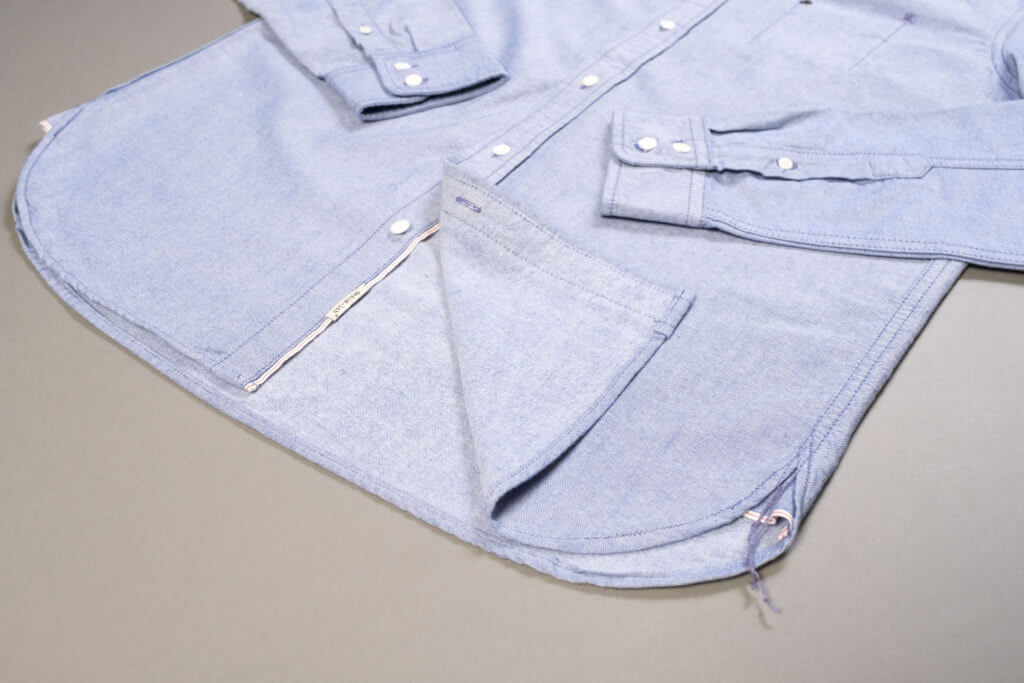
Robin Denim: How does Denim.lab interact and listen to the community, and do you have an example of the community directly influencing a product?
Sander: I was always on Tumblr as I found it higher in quality but there was no interaction. Then about 1.5 year ago I started to use Instagram and that was very refreshing. It became a visual diary and you could just post a picture of some fabric you found and I could ask if I should produce it and get instant reactions. Also, the ‘influencers’ in the denim scene are mainly just people who love denim and did not start it to make money advertising shit. Therefore, I occasionally send out free stuff to them, because I know they will wear it and get real world posts in return. We have customers (consumers and retail) all over the world thanks to Instagram. A great example is that I gave a Hunter jacket to Hans Jellema and he posted it, 3 hours later I got an email from a guy in Singapore asking about ordering ‘Hans’ jacket’.
Robin Denim: What is the best-selling product of Denim.lab?
Sander: Last month it has been the Japanese Hidden shirt collection that came in which sell all very good. Also we just delivered the Regular Malibu 350 DRY denim in fresh blue indigo that is doing very well.
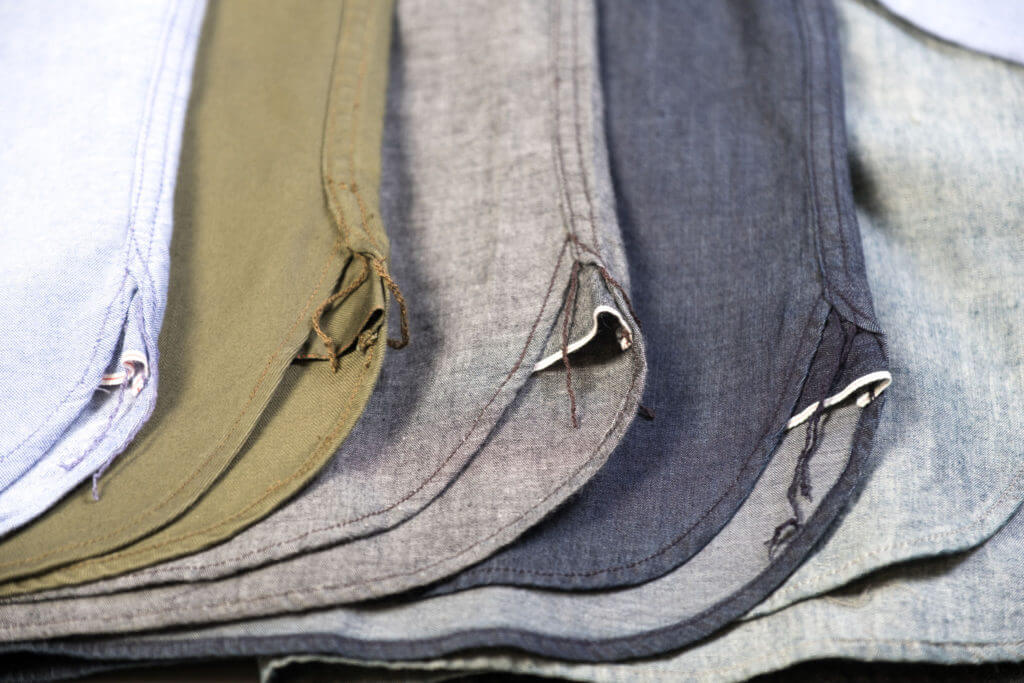
 Share
Share
 Tweet
Tweet

